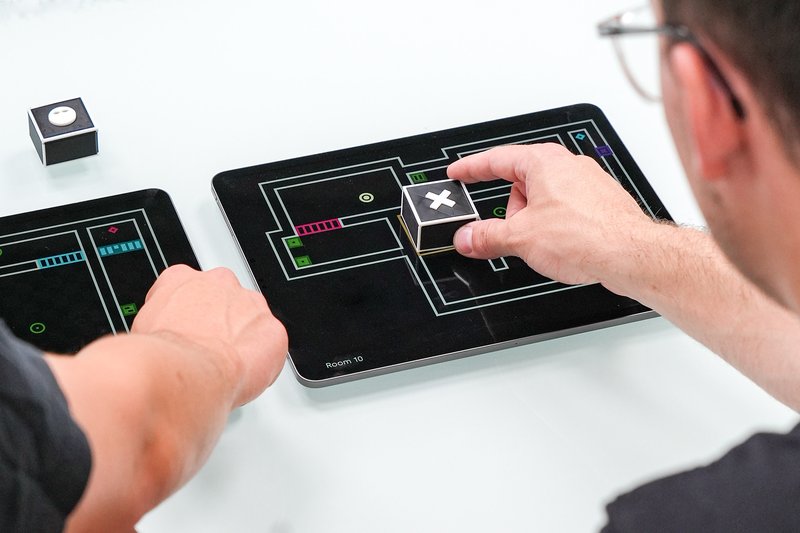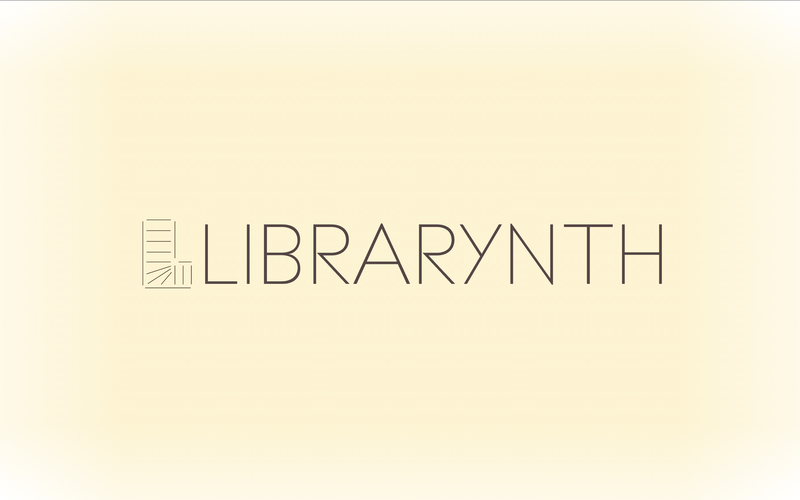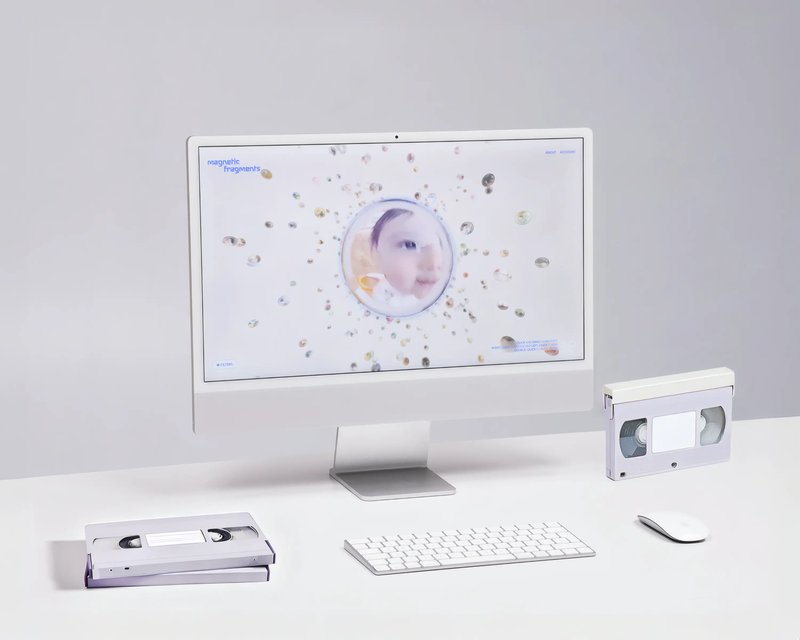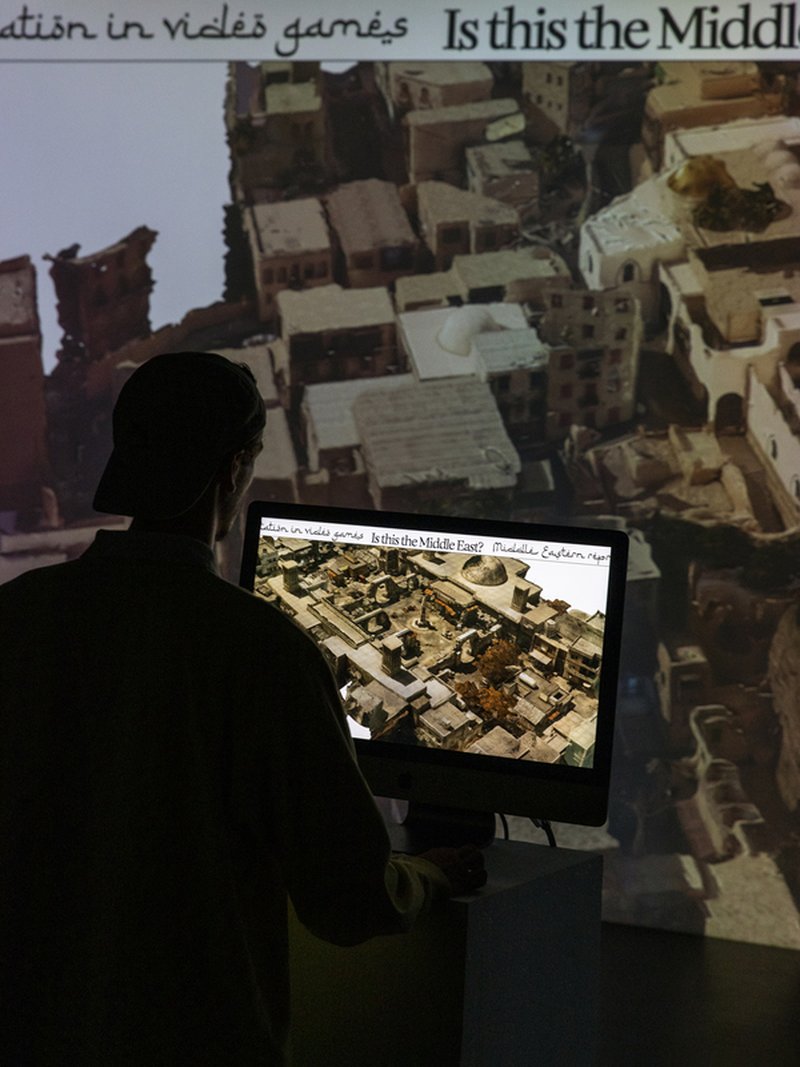
BA MEDIA & INTERACTION DESIGN
Nathanaël Vianin – The Last Forest
with Alain Bellet, Christophe Guignard, Gaël Hugo, Laura Nieder, Pauline Saglio
The Last Forest offers a browser-based walkable forest of spatialised information about collapse in general. Internet users are invited to wander through it and to find posts from the r/collapse reddit community in the form of trees. The categorisation and index provide a more structured browsing of the information contained in the trees. The Last Forest aims to raise awareness about climate change and its potential to end globalised, consumerist civilisation as we know it.







